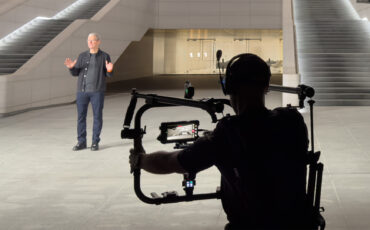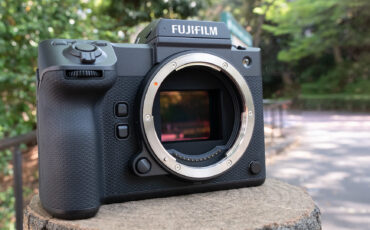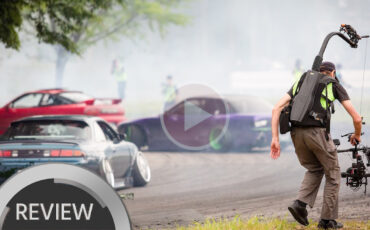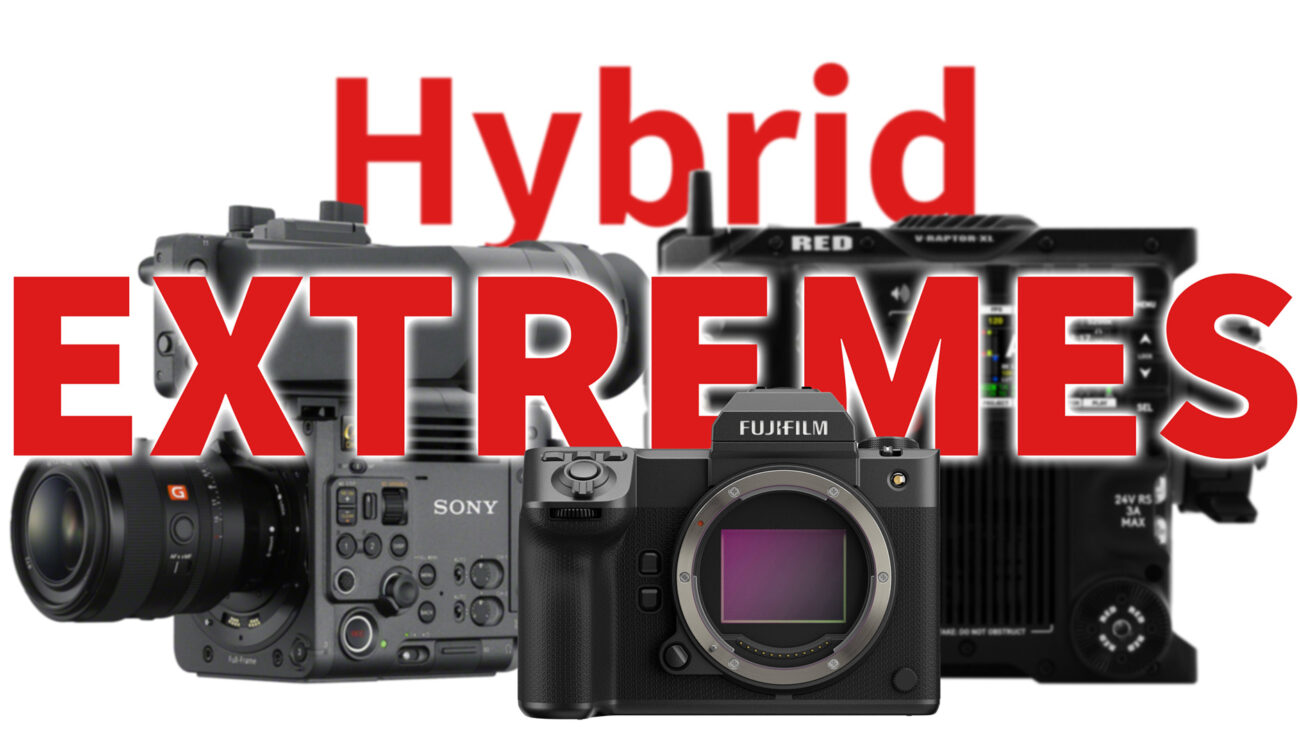
A cine Camera with IBIS, a medium format stills camera with internal ProRes, external RAW recordings, face-detecting autofocus coming to a cine brand, and more. By now, the “hybridization” of the photo-cine market isn’t news, but in the last few months, there have been some significant milestones on this long road toward full convergence in hybrid cameras (Spoiler alert – it’ll probably never come, and I’ll explain why).
When I started with videography back at the end of the last millennia, it was all quite straightforward. If it was a compact and mostly “horizontal” design, it was certainly a stills camera. If the design was bulky and elongated, the camera shot video. I started young and energized, so I haven’t complained too much about hauling those sVHS beasts around, but as time went by, I found myself leaning toward photography. But now it’s all very confusing. The concept of a “Stills camera” and a “Video camera” aren’t as firmly defined anymore.
Not a history lesson
This article will not go through the short and intense history of hybridizing stills-motion-capturing devices. I will mention some notable landmark cameras, such as the RED ONE, among the first 4K capable cameras. No discussion about hybrid cameras can omit the one that started it all – the Canon EOS 5D Mark II, the second in the series, the mother of HD-DSLR, and the breaker of chains. I find it somewhat ironic that a camera so groundbreaking was still designed like a 35mm film camera, but maybe that’s just me.
Philip Bloom's Cinematic Masterclass
Sony has produced its fair share of innovative cameras. Some radical early designs challenged traditional camera design with the DSC-F828 or the Cyber-shot DSC-R1. Live-View was, in many respects, the first important step toward hybrid cameras. Sony was also one of the great pioneers of live-view cameras with its digital Single-lens translucent mirror (SLT) cameras, which ended the Sony-Minolta A-Mount. The Panasonic LUMIX GH series took advantage of its smaller sensor to overcome read-speed hurdles and provided cameras with ground-breaking specs at market-breaking prices. The GH4 was the first 4K capable hybrid camera, and the GH5 was the first to introduce 4:2:2 10-bit All-I capture to the segment, later followed by practically every other competitor.
OK, but why now? What happened?
Though it seems the most influential events have already happened, and the existence of the hybrid segment is an objective constant, some interesting shifts have taken place recently. None is specifically significant as an isolated event, but their culmination suggests a new frame of reference:
The BURANO – Pure cine, teeming with hybrid features
No one will argue that the BURANO is a dedicated cine camera. Among some awe-inspiring features, one stood out to me as an arguably “world first” among cine cameras. The BURANO has IBIS.
The presence of In-Body Image Stabilization (IBIS) in a purely cine-oriented camera was considered unnecessary, and even a problematic feature. Two glaring examples of it lie in two motion-centric versions of hybrid cameras: the LUMIX GH5s, which forego an excellent IBIS to stretch the sensor size and secure the sensor firmly to allow extreme vibrations (such as mounting the camera to an offroad vehicle). The Canon EOS R5C also omitted its hybrid sibling’s IBIS for even less, since the sensor maintained its size.
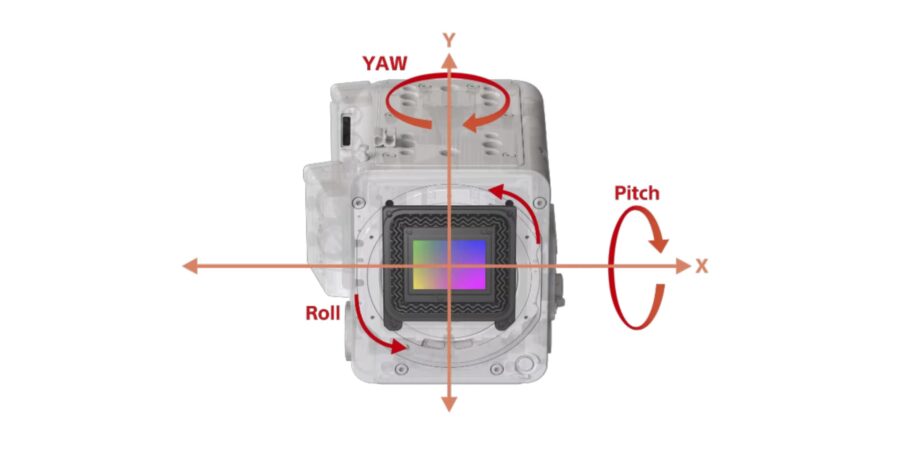
But with the BURANO, Sony decided not to heed traditional doctrine, and let loose its technological prowess. The new camera gained an IBIS but also added an electronic gradual ND, single-operator ergonomics, and the latest and greatest AI autofocus.
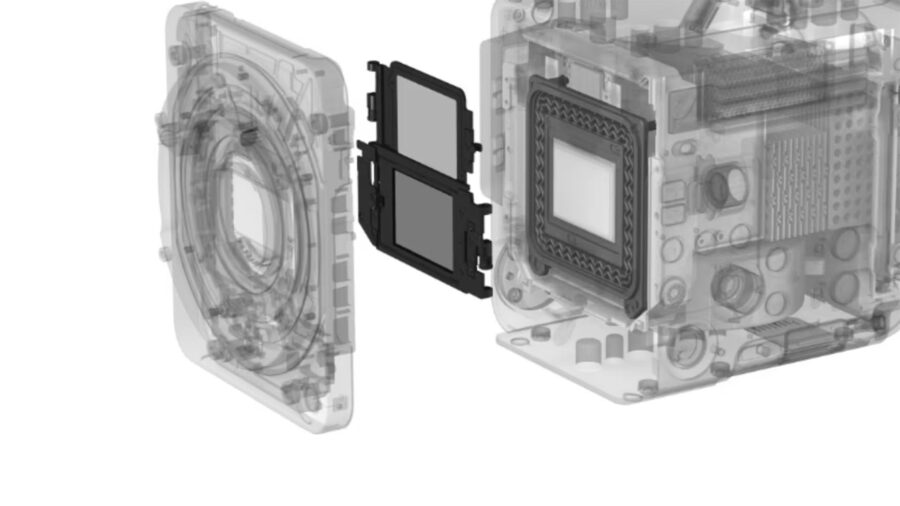
Another common claim suggested the impossibility of accommodating both IBIS and an internal ND system. While this may be true for some mounts, this is Sony with its rather compact a-Mount, which managed to cram both together. This does require some bulk though, so it might not trickle down to compact hybrids soon.
RED adds face detection to their flagship V-Raptors.
One can argue that the incorporation of continuous tracking autofocus into the Sony BURANO isn’t as groundbreaking, more like technology “trickling up”. Such an argument is quickly dissipated regarding the high-end-cine-only manufacturer – RED. With no enthusiast line, the company had to develop its face detection system on its own. This level of R&D probably doesn’t come cheap, so the company must see some significant relevance to such a feature. Though traditional cinematic work takes advantage of manual focusing as a medium of expression and usually refers to autofocus as a hobbyist’s tool, RED decided to take the road less traveled and invest in such ability for both its flagship V-RAPTOR and KOMODO lines.
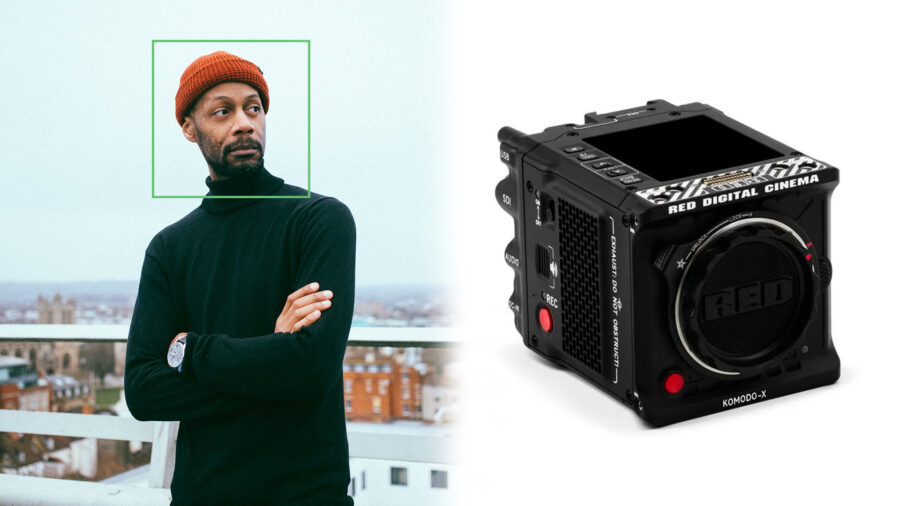
FUJIFILM introduces motion-centric abilities in medium-format cameras
Digital medium format is the pinnacle of still capture – used by the most meticulous photographers on the most demanding assignments. Cultural heritage preservation, high-end landscape, architecture, or studio scenarios were the medium-format natural habitats. Those use cases rarely required speed, hence the entire R&D never delved into such matters. Those were lumbering beasts with modular design, slow and steady, measured in seconds-per-frame rather than frames-per-second. None were ever aimed at motion capture.
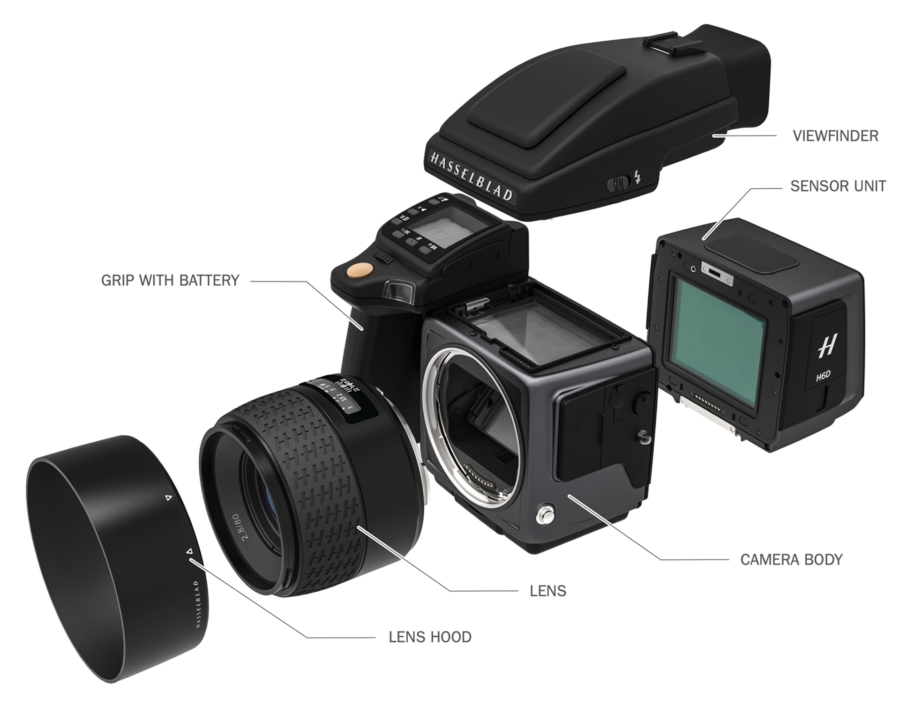
Winds of change started as CMOS sensors gained popularity. Without getting too technical, CMOS technology enables more energy-efficient sensors, capable of higher read speeds and higher ISO settings. The Pentax 645Z broke new ground with its 50mp CMOS sensor. The camera was way more affordable than most of its peers and the new sensor tech opened up so many new possibilities. Aside from the demonic speed of 3 frames per second and unheard-of ISO range, it also managed to shoot normal-speed Full HD video. Other manufacturers followed, incorporating various levels of video features into their systems, taking advantage of the large sensor and its respective unique look.
Not an afterthought
Sporadic video features paved the way for the hybrid revolution, but it’s the intentionally hybrid cameras that make it a true segment. FUJIFILM was the first to design a medium-format camera that did more than allowing some basic video capabilities. The FUJIFILM GFX100 was the first to include professional video specs, such as (relatively) high bitrate (up to 400Mbps), 10-bit recording, and many more video-centric tools, ports, etc. Not to steal the GFX100 thunder, I believe the GFX100 II is way more innovative, influential, and revolutionary. The list of features is awe-inspiring: Internal ProRes recording, RAW video output, various frame sizes, anamorphic assist, and various video resolutions up to 8K.
But it’s more than the magnitude of features – it’s the motivation behind them, and behind the camera as a whole. I wouldn’t go so far as to say that the GFX100 II is equally aimed at stills and motion, but it may just be the first medium-format camera designed for serious video work. Its price tag may buy you some nice video gear (especially considering GF optics) but it might be the first medium-format camera that won’t require an additional video rig to maintain a high level of video. That’s no small feat.
Nothing happens in a vacuum
The aforementioned innovations appear within context. Recent years have graced us with a growing number of very capable cameras. High bitrate and color depth trickled down to entry-level cameras. Log color space, external recording, and video-centric tools can be found in many new and affordable cameras. I would argue that this evolution is motivated by two major factors: Technological innovations in the fields of sensor technology, mainly regarding read speed and data transfer speed, and the growing pressure applied by ever-improving smartphones. We’ve just recently seen Apple shoot an entire event on iPhone 15s.
Hybrid extremes
Hybrid cameras were, in most cases, synonymous with compromise. Mostly occupying the beginner-enthusiast segment, most models had to prioritize stills over video, and some (LUMIX GH series, I’m looking at you) put video as their top priority, compromising stills performance. Only in rare cases were flagship stills cameras used as motion cameras (namely the Canon 1DX Mark II and III). High-end cine cameras never came close to shooting stills. Moreover, those cameras refrained from the slightest adoption of any stills-oriented feature. But no more. it seems as if niche cameras must broaden their scope of operation, and they are doing just that.
What is your opinion about the development of hybrid cameras? Let us know below in the comments.



